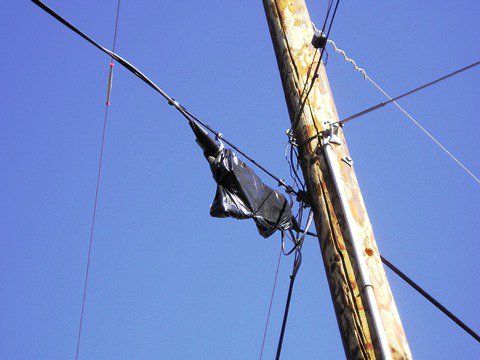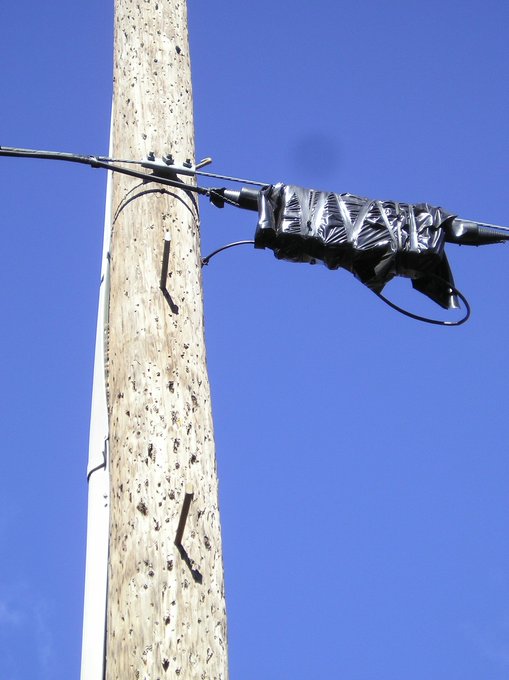They are less secure than enterprise connections. Bandwidth is tight and competes with other users in the household such as students engaged in online learning and video entertainment streaming. Service from legacy telephone and cable companies is optimized for streaming video entertainment with asymmetric circuits allocating much more bandwidth to downloading than uploading. That’s not optimal for virtual knowledge work that often involves the use of two-way videoconferencing and virtual private networking.
The virtual office in the cloud needs fiber connectivity. A co-working space company offering its aptly branded CloudVO (virtual office) recognizes this need. It sells passes for access to these spaces offering what it describes as enterprise-grade connectivity – presumably FTTP.
Meanwhile, AT&T recently rolled out a new business offering aimed at bringing enterprise grade connectivity to home-based knowledge workers. AT&T’s Home Office Connectivity however isn’t FTTP per se. It would also use business class fixed wireless service supported by its mobile 4G LTE infrastructure where there’s no FTTP infrastructure and as a backup network. But that’s where the service becomes decidedly more residential than business class. It’s sold in bandwidth consumption tiers of 8, 12 and 50 Mbps at $80, $130 and $200 monthly, respectively.
The target market for Home Office Connectivity is businesses, not the homes of home-based knowledge workers according to AT&T:
The service enables businesses of any size to extend enterprise broadband connectivity throughout their workforce, whether it is for a single additional line or thousands. It also simplifies onboarding and management with consolidated invoicing directed to the business, single-number enterprise customer care, and professional on-site installation by a certified AT&T technician.
The line between residential and business service in the legacy telephone company business structure is becoming blurred.




